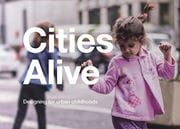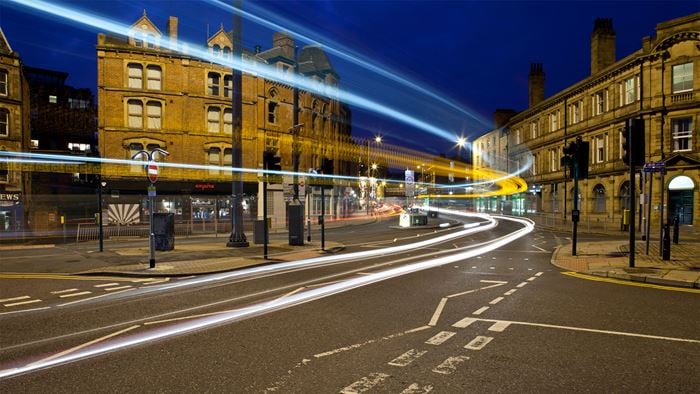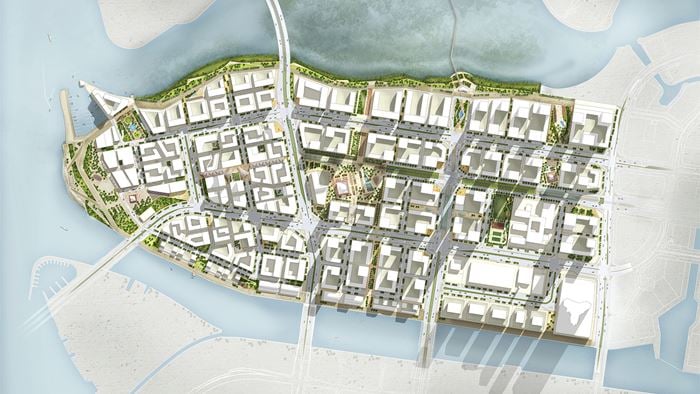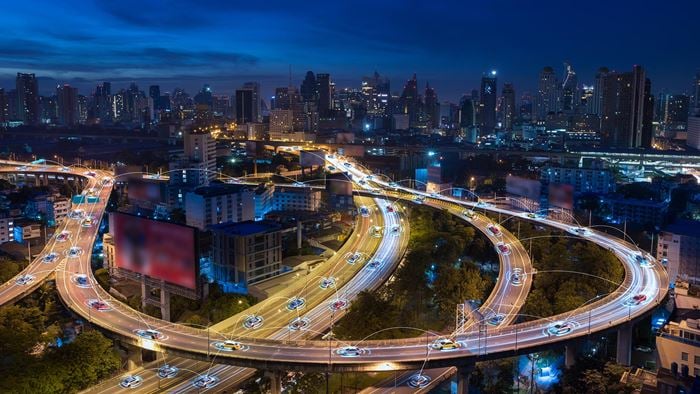The recent focus on child friendly cities among built environment professionals has received much attention among academics, designers, institutes and the media. The beauty of this theme is that it speaks to a vast number of people. Some of us have children, some of us are grandparents, aunts or uncles. We have all been children. The concept of child friendly cities touches all of us and the desire for our children to have safe and happy childhoods is one most of us share.
With around 70% of the world’s population predicted to live in urban areas by 2050 (Children in the Urban World, Unicef, 2012), we are at a critical planning stage and change to policy can be implemented.
Take Australia for example; our cities are surrounded by sprawling suburbs that have spread out like tentacles over the decades. More recently we are seeing densification, helping to connect the suburbs to the urban centres, and massive development to allow more people to live closer to employment and transport hubs. During this time of city shaping development, childhood experiences will be very different to our own. Now is the time to consider how we want our children to learn and grow in our cities and factor this into our urban design planning and policy.

Our recent report Designing for Urban Childhoods, highlights many benefits of child-friendly cities demonstrated through case studies which cover health and wellbeing, local economies, safety, creating stronger communities, nature and sustainability, promoting resilience and catalytic change for improving cities.
The child-friendly city offers the opportunity to be a city considerate of the needs of all citizens: a city truly for all.
Tackling obesity with independent mobility
Critical for child friendly-cities, and an opportunity to tackle the rise in obesity, is the need for independent mobility and children’s infrastructure. Independent mobility allows children to feel safe walking to school, and encourages more active travel, supports the freedom to get around independently of adults. There is also natural and important correlation between independent mobility and health.
A recent Sydney Morning Herald article stated that more than 10% of children in western Sydney are considered obese, which raises concerns that we are not adequately considering how to best support children’s mobility and need for infrastructure. According to Active Healthy Kids Australia, walking 2km to and from school, 5 days a week for 40 weeks a year (so a full school year) will equate to about 400km of distance covered by foot. Walking 400km burns approximately 38,400kJ which can be represented by 64 cans of cake or about 1kg of fat.
Healthy body, healthy mind
Variety and opportunity for activity is needed. A range of accessible parks and open spaces, places to be active or linger in a comfortable and safe environment, being social and exploring helps foster a healthier lifestyle. In addition, a study in Sweden found that children who have connection with nature and green spaces have reduced levels of stress and aggression levels, increased ability to concentrate, improved academic performance as well as the reduced risk of obesity.
Safe routes and street smarts
With the rise of car ownership and impact of adverse weather, it can be challenging to encourage our young people to walk to school and enjoy their neighbourhood parks. Street-smart awareness is critical. Creating safe routes to school within our local communities can support an increase in daily activity and the implementation of healthier, greener streets. Safe and accessible routes will help to increase independent mobility, and brings the opportunity to rethink infrastructure such as accessible public transport – trains and light rail – within close distances to homes, to foster child-friendly environments.
Planned for, designed and accessed every day
Planned for, designed and accessed every day
For those of us living in apartments, and with more and more families moving into high-rise living, the solution isn’t as simple as opening the back door for play time outside. Active transport and green spaces must become part of the norm – planned for, designed and accessed every day.
For example, in London’s Kings Cross, where development continues to densify the city, arts programming, urban gardens and a natural open air swimming pool generated activity in the Kings Cross Central’s outdoor spaces from the early stages of development. Barcelona is supporting physical activity with a radical superblocks strategy, restricting traffic to main roads and turning internal streets into safe and green ‘citizen spaces’.
Strategic interventions and policy changes can support the broader awareness of designing with children in mind. Focussing on a local scale will make a deeper impact on the daily lives of our cities’ children. Importantly, we need to create cities and places that allow our children to experience healthy and active lives without the need for constant adult supervision. Our smallest inhabitants need attractive and vibrant places, flexible spaces, healthier streets, activity, places to explore and opportunity to be a recognised and equal part of city life. If we can design a city that works for children, we will have designed a city that can be enjoyed across the generations.
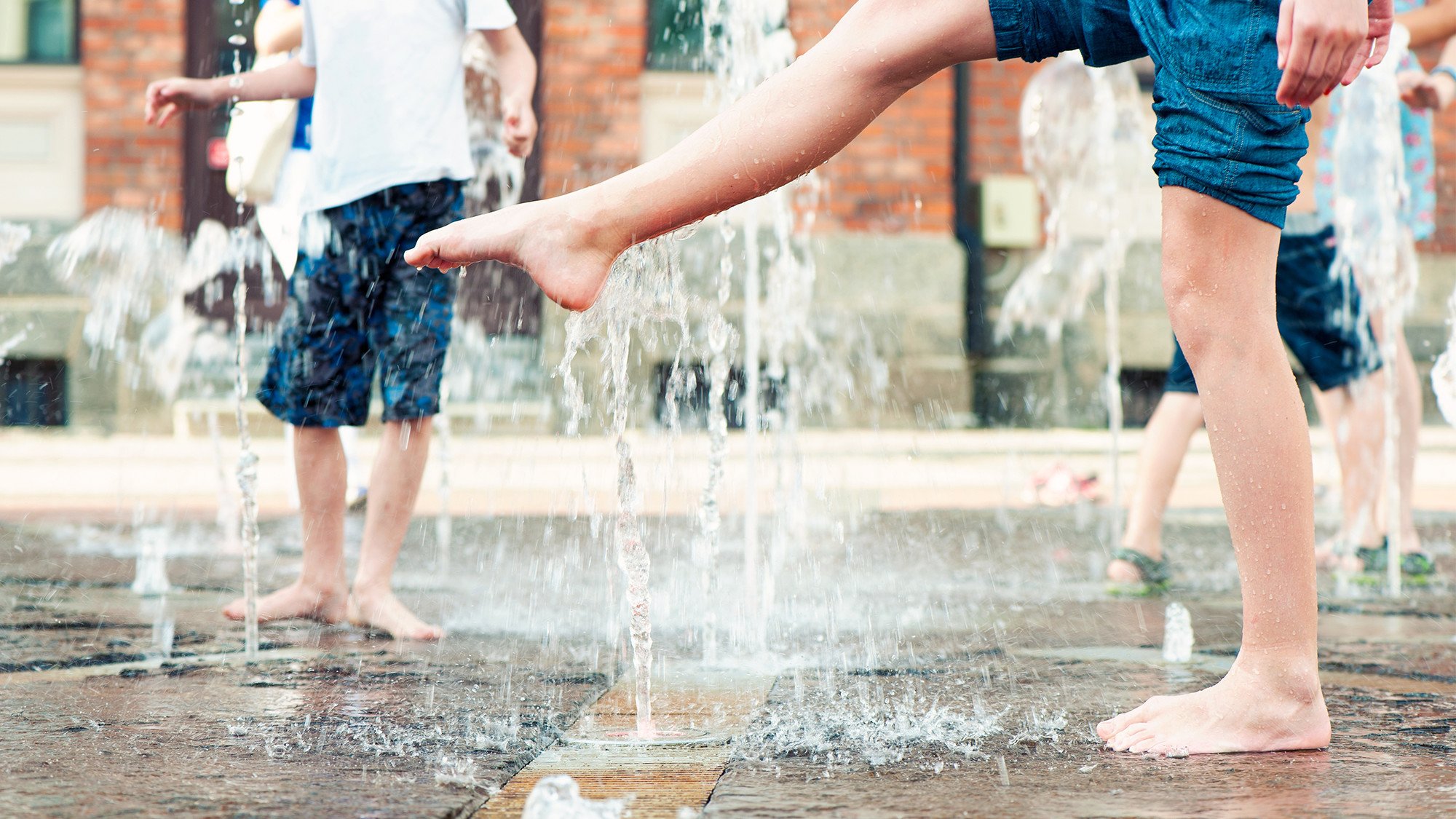 ;
;
